Description
Tomato Thessaloniki
Tomato Thessaloniki. An Heirloom variety, originating from Greece producing large heavy leafed plants excellent for protecting fruit in sunny positions. A very productive variety producing large red fruits 3-4” in diameter with a mild flavour that are resistant to cracking. The fruit has amazing colors as it matures turning from sunset hues to a deep red. Good resistance to disease and fungal infections. Fruits are extremely resistant to rotting, even when fully mature on the vine. Indeterminate. 80 days from germination.
Cultivation Advice
- Choose well-draining, loamy soil with a slightly acidic to neutral pH (6.0-7.0).
- Prior to planting, incorporate organic matter like compost to enrich the soil.
- Start Thessaloniki tomato seeds indoors 6-8 weeks before the last expected frost.
- Transplant seedlings into the garden after the danger of frost has passed, maintaining proper spacing (18-24 inches apart).
- Provide full sunlight exposure, ensuring at least 6-8 hours of direct sunlight daily for optimal growth.
- Maintain consistent soil moisture throughout the growing season. Water deeply and regularly, particularly during dry periods.
- Apply organic mulch around the base of the plants to conserve soil moisture, suppress weeds, and regulate soil temperature.
- Thessaloniki tomatoes are indeterminate, so provide support with stakes or cages to prevent sprawling and ensure proper fruit development.
- Use a balanced, all-purpose fertilizer at planting and regularly during the growing season. Adjust based on plant needs and soil conditions.
- Prune indeterminate varieties by removing suckers and lower foliage for improved air circulation and sunlight penetration.
- Regularly inspect for common tomato pests such as aphids, whiteflies, or hornworms.
- Employ natural pest control methods or introduce beneficial insects to manage pest populations.
- Water at the base to minimize the risk of fungal diseases. Mulching can also help prevent soil-borne diseases.
- Harvest Thessaloniki tomatoes when they reach their mature color and have a firm texture. These tomatoes are known for their sweet flavor.
- Pair tomatoes with companion plants like basil, marigolds, or nasturtiums to deter pests and enhance growth.
- If space is limited, Thessaloniki tomatoes can be grown in large containers with good drainage.
- Understand that Thessaloniki is an indeterminate variety, meaning it continues to produce fruit throughout the growing season.
- Wait until the soil has warmed before transplanting seedlings to ensure optimal growth.
- Plant Thessaloniki tomatoes after the soil has warmed up in spring. They thrive in warm temperatures.
- Water at the base of the plant to prevent water from splashing onto the foliage, reducing the risk of fungal diseases.
- Use a drip irrigation system or soaker hoses for efficient and targeted watering.
- Regularly inspect the foliage for any signs of diseases or pests. Early detection allows for timely intervention.
- Given the indeterminate nature of Thessaloniki tomatoes, provide adequate support for branches laden with tomatoes to prevent breakage.
- Harvest tomatoes when they reach their mature color and have a slightly soft feel. Thessaloniki tomatoes are prized for their juicy and sweet taste.
- Practice crop rotation to reduce the risk of soil-borne diseases. Avoid planting tomatoes in the same location every year.
- Install sturdy tomato cages or stakes early in the growing season to provide support as the plants mature.
- Implement organic pest control methods, such as introducing beneficial insects or using neem oil, to deter common tomato pests.
- In cooler climates, consider using season extension techniques like row covers to protect plants from late spring or early fall frost.
- Check if there are disease-resistant varieties of Thessaloniki available. Opting for resistant varieties can contribute to overall plant health.
- In late summer, consider light pruning to improve air circulation and sunlight penetration, especially if the plant has dense foliage.
- Utilize a moisture meter to monitor soil moisture levels and adjust watering practices accordingly to prevent overwatering or underwatering.
- Experiment with natural mulching alternatives like straw or shredded leaves to maintain soil moisture and regulate temperature.
- Periodically amend the soil with organic matter to replenish nutrients and improve soil structure.
- Keep a garden journal to record observations, including plant growth, flowering patterns, and any challenges faced, for future reference and improvement.


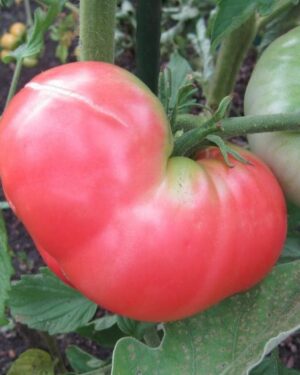
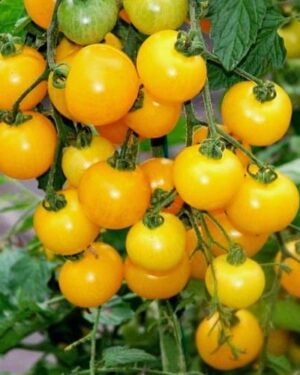
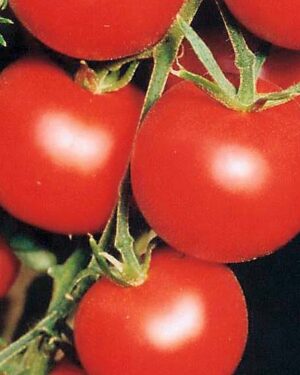
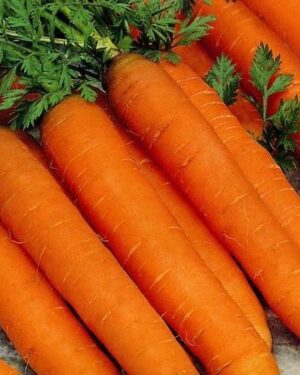
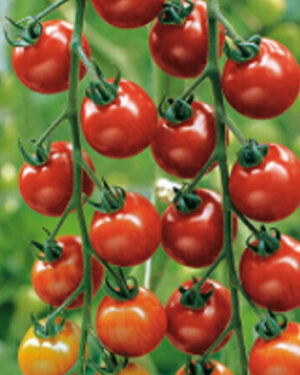
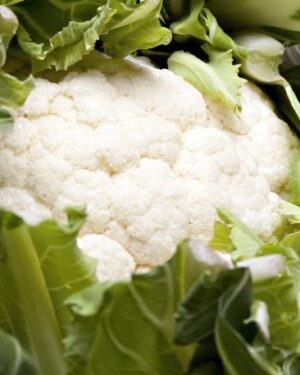
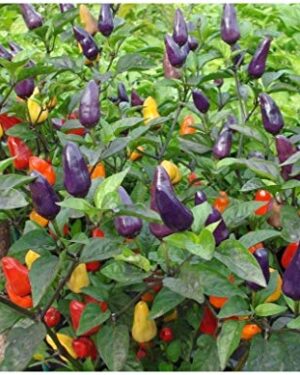
Reviews
There are no reviews yet.